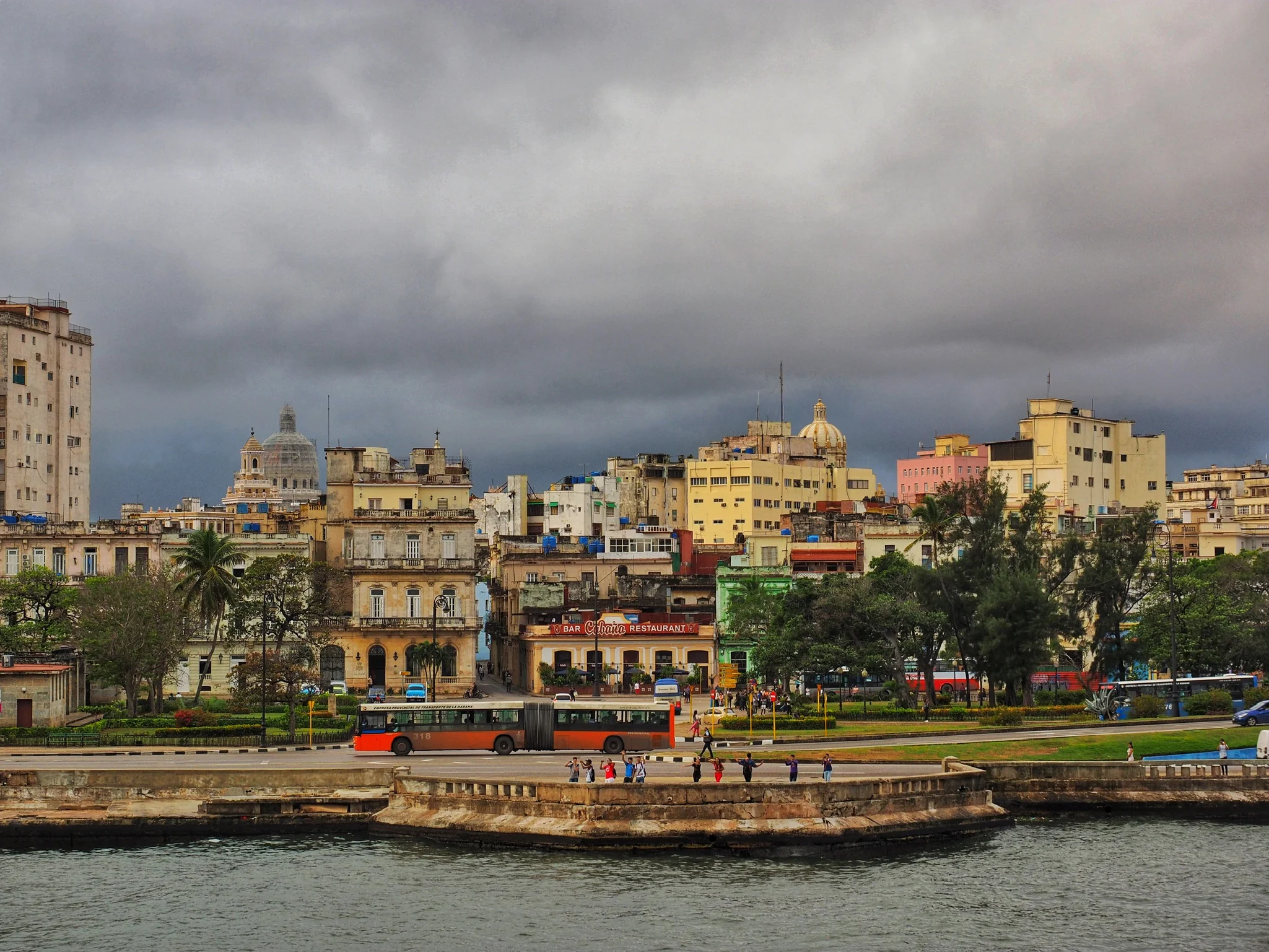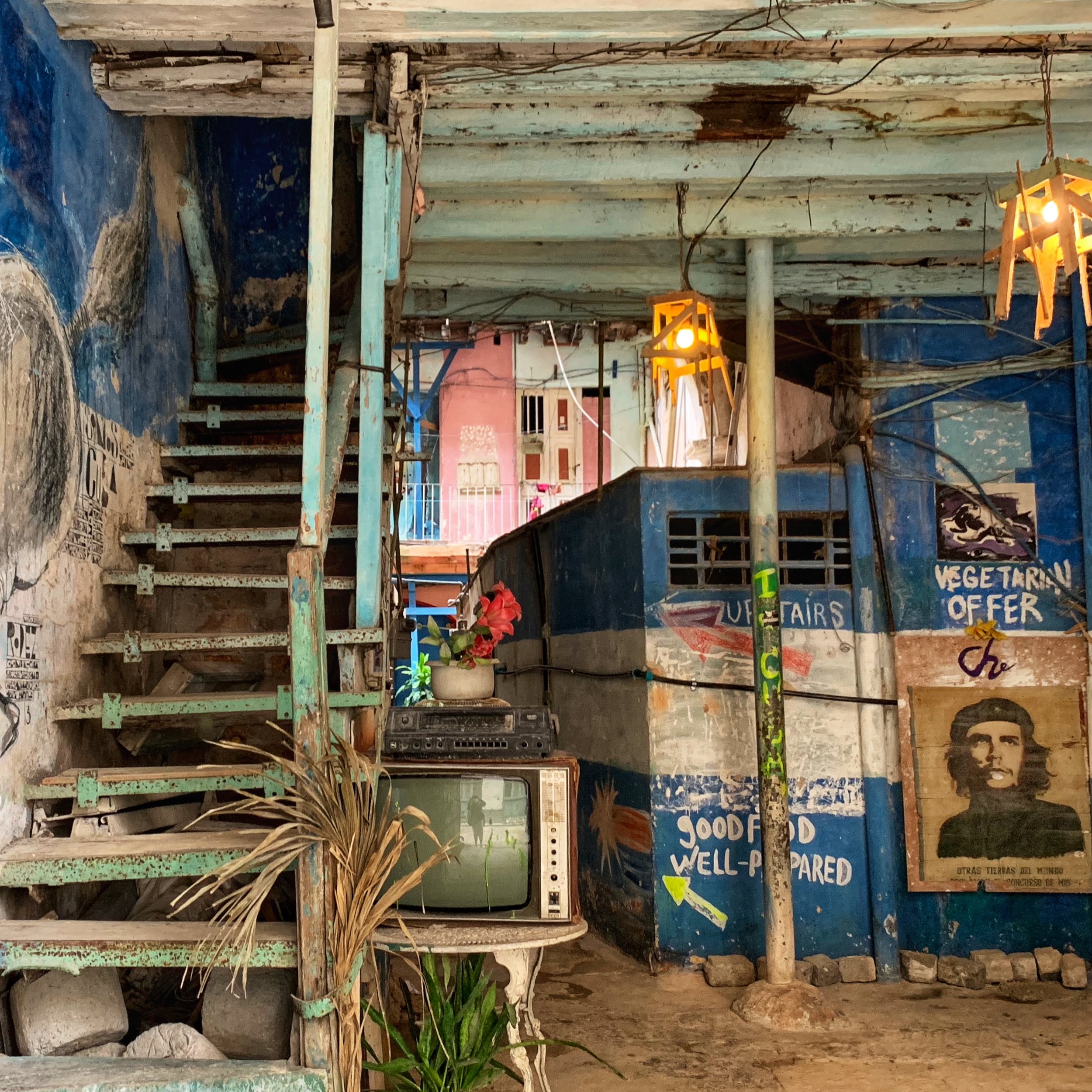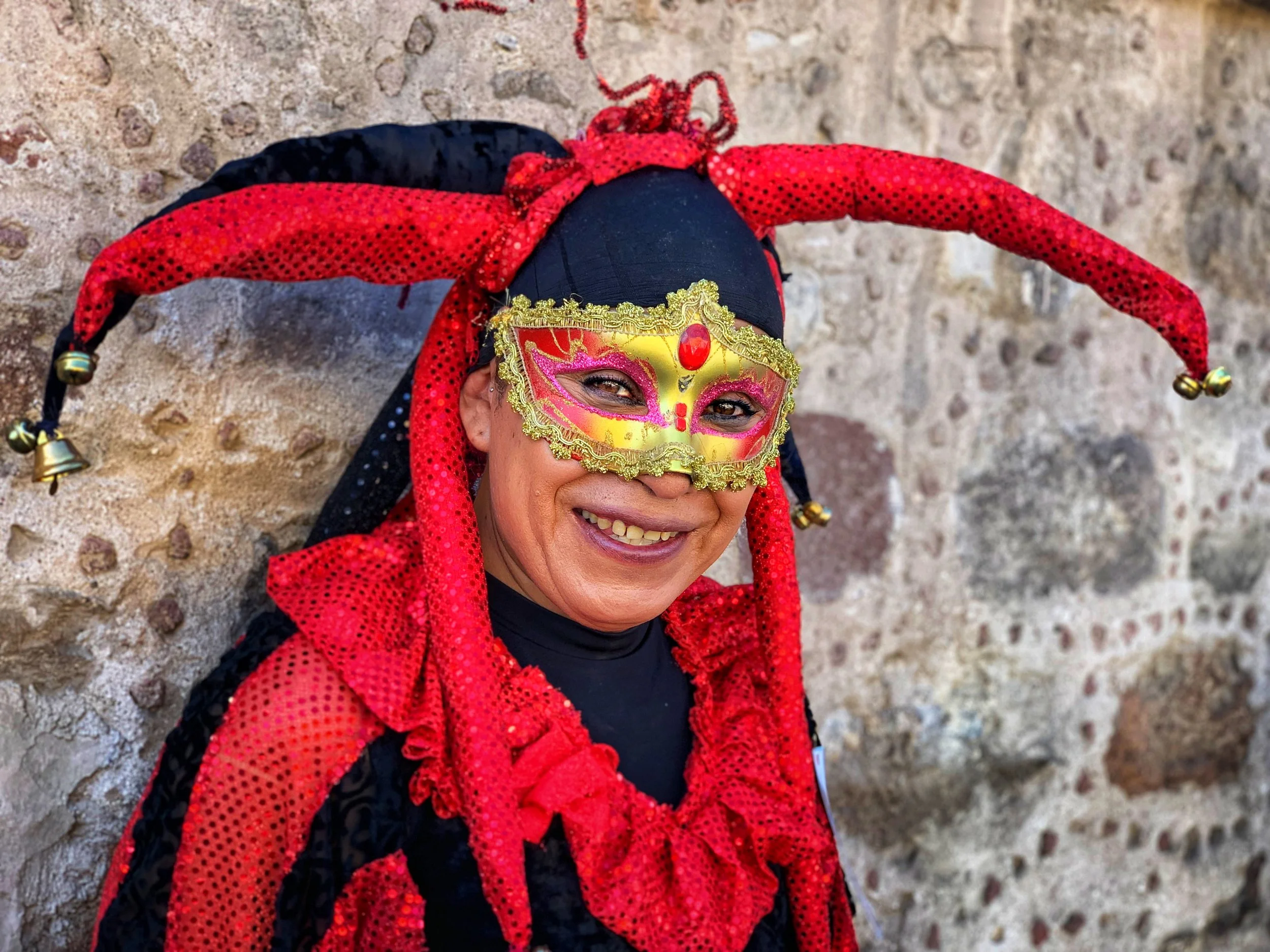Making waves in Cuba
Off limits to most Americans since Fidel Castro took communist control six decades ago, Cuba had been firmly back on the travel radar - particularly among an estimated 800,000 cruise passengers who last year helped propel the U.S. to become the communist nation’s second biggest source of visitors after Canada.
But effective June 5, 2019, as part of a crackdown on what it called “veiled tourism,” the Trump administration deep-sixed all U.S.-based cruises to the onetime “Pearl of the Antilles” - leaving cruise lines and their disappointed passengers scrambling for alternatives.
The move is the latest in a U.S. effort to stifle the struggling Cuban economy and eliminate the country’s support for Venezuela’s embattled government. The Trump Administration had already nixed individual "people to people" visits by Americans and prohibited "direct financial transactions" with nearly 200 hotels, stores and other companies controlled by Cuba's military. (Among them: Old Havana’s popular Hotel Ambos Mundos, where author Ernest Hemingway took up residence for several years; his former room has been turned into a mini-museum.)
Under the continuing U.S. trade embargo, Americans have always been outlawed from a typical tourist schedule spent swilling mojitos and lolling on powdery beaches - in contrast to Canadian and European sun-seekers, who've been doing just that for years.
Still, thanks to a thaw in U.S.–Cuban relations initiated under President Obama, planning a trip to the Caribbean’s former “isla non grata” had become far easier than it was for my first visit in 1994 (during a "special period" of economic hardship that followed the collapse of Cuba's benefactor, the former Soviet Union) and my last in 2012, when U.S.-sanctioned “people to people” travel programs required that participants adhere to tightly scripted, educationally focused schedules.
Cruise lines, which started sailing from the U.S. three years ago, had continued to meet Treasury Department requirements because their Cuban shore excursions qualified under the popular - but now discontinued - group "people to people" license. And as I discovered during a nine-day “Cuba Intensive” trip with Azamara Club Cruises in January, many passengers supplemented the officially sanctioned options (which ranged from panoramic bus tours to rum and cigar tastings) with their own explorations. We ate at privately owned restaurants, booked rides in meticulously restored, Eisenhower-era sedans via the Facebook pages of local entrepreneurs, and wandered the decaying but vibrant streets of Havana as Spandex-clad abuelas (grandmothers) twitched their hips to the live music that poured from what seemed like every street corner in town.
The Trump administration’s rationale for clamping down on cruises and other non-family visits to Cuba is, in the words of Treasury Secretary Steven Mnuchin, “to help to keep U.S. dollars out of the hands of Cuban military, intelligence, and security services.”
According to the Associated Press, Cuba imposed food rationing last month as a result of tightened U.S. sanctions and a drop in subsidized oil and other aid from Venezuela. For the Cuban government, AP noted, cruise travel generated millions of dollars a year in docking fees and payments for on-shore excursions, although those figures were never made public.
But Engage Cuba, a U.S. coalition of companies and organizations that oppose travel and trade restrictions, said in a statement that “restricting Americans’ freedom to travel is an attack on our fundamental right as citizens” and that private-sector Cubans who “rely on American travelers to support their businesses and families . . . should not be used as political pawns.”
I couldn’t agree more.
Never mind the fact that Americans can travel without U.S.-imposed restrictions to Russia and other communist countries, including Cambodia, Laos and Vietnam. In an ironic twist, Americans can still visit Cuba under the auspices of “support for the Cuban people,” but it remains an ill-defined category which requires, among other things, that “the traveler's schedule of activities does not include free time or recreation in excess of that consistent with a full-time schedule.”
Whether or not average American travelers will come to Cuba under the new restrictions remains to be seen. But in the lovely colonial town of Trinidad, once the epicenter of Cuba's sugar production, our tour guide told us this winter that most of the candy-colored buildings in its historical core are privately owned. From paladares (restaurants) and casa particulares (guest houses) to art galleries and shops selling hand-embroidered lace, many of those businesses have depended increasingly on American cruise passengers. So, too, does a new generation of artists inspired by Cuban artist Jose Fuster, who in 1975 transformed his home in the western outskirts of Havana into a kaleidoscope of eye-popping mosaics and sculpture. Fusterlandia now encompasses the entire surrounding neighborhood and helps support entrepreneurs who sell their wares on the nearby streets.
And for all the disadvantages of mass tourism that cruises represent (including port day pile-ups at Hemingway’s Havana drinking haunts, La Bodeguita del Medio and La Floridita), individual Cubans struggling to better their lives will be hurt by their absence.
During a bus tour of our final port call, Santiago de Cuba, our guide had been a pro at weaving pro-government statistics (i.e., the island boasts one doctor for every 130 Cubans, who have a life expectancy of 78 years) with tailored-to-his-audience jokes.
As the U.S. has became a top tourism market in Cuba, he told us, “we are crossing our fingers that someone doesn't use a Trump card to change that."
Here’s hoping Cuba’s deck of cards will be shuffled again soon.
Arriving in Havana by ship in 1895, Winston Churchill observed that "here was a place where real things were going on … a place where anything might happen."
A street musician plays for tips during a shore excursion in Santiago de Cuba
An impromptu dance performance in the colonial town of Trinidad
A scrum of cruise ship tourists arrives at one of former resident Ernest Hemingway’s favorite hangouts in the fishing village of Cojimar.
Fusterlandia, the whimsical home of Havana artist Jose Fuster, has attracted a growing number of young artists who sell their wares in the surrounding streets.
Revolutionary hero Che Guevara and “good food well-prepared” at a Havana restaurant













